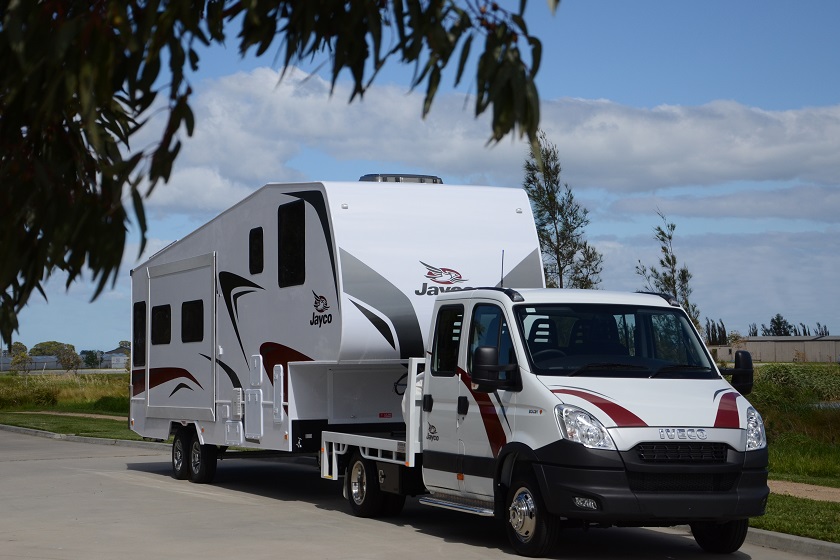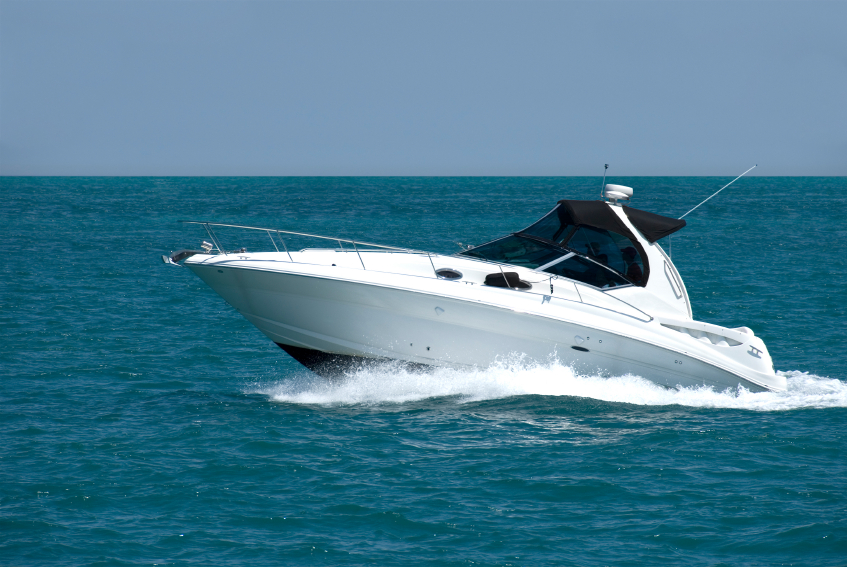The trailer coupling is the vital link between your trailer and your towing vehicle. Our trailer coupling guide takes you through the fundamentals of and differences between some of the more common trailer couplings on the market.
Fixed coupling
Fixed couplings are the simplest – and most popular – trailer couplings you can get. They typically feature a ball socket that fits over the tow vehicle’s towball. Inside the socket is a positive latch, which locks against the underside of the towball. Fixed couplings feature a release lever that disengages the latch, allowing you to lift the coupling off the towball. Trailer locks are also available for these couplings to help reduce the likelihood of theft.
Hitching a fixed coupling is as simple as lowering the coupling onto the towball with the latch open. Fixed couplings are common on trailers with a gross trailer mass (GTM) rating of as much as 750kg, for which there is no requirement by law for brakes to be fitted, and on trailers that use a power-actuated braking system or electric brakes, which operate independently of the coupling.
Brake-override coupling
This type of trailer coupling activates the mechanical or hydraulic brakes on trailers via an inertia-activated mechanism. Brakes are a legal requirement on trailers and caravans with a GTM of more than 750kg. Most override couplings use a ball and socket.
As the driver brakes the tow vehicle, the inertial force of the trailer against the coupling compresses a spring within the coupling. This force triggers the brakes. Brake-override couplings generally include a handbrake to lock the brakes in place when the trailer is unhitched from the towing vehicle.
Note that trailers with a GTM of greater than 2000kg must use an electrically actuated or air brake system instead.
Sway-control coupling
Swaying is a potentially dangerous phenomenon; it can occur when there’s a lack of load balance between the trailer and tow vehicle or when loads in the trailer are not distributed over the axle/s. External factors such as buffeting from crosswinds and passing trucks or slippery conditions can also start sway. Sway-control or stabiliser couplings that can reduce the danger of sway are available. The following are common types.
- Friction
One popular sway-control method applies a braking force to the towball by way of friction pads within the ball socket that help minimise sway.
- Weight distribution
Another, more complicated, method is the weight-distribution hitch, which features trailing arms attached to the tow-bar tongue. These arms are chained under tension to the drawbar, just aft of the coupling. In addition to flattening the pitch of an unbalanced trailer and tow vehicle, the tensioned arms can minimise any sway.
Off-road coupling
The ball-and-socket arrangement of a coupling allows for a certain amount of pitch (rotation on the lateral axis), yaw (rotation on the vertical axis of the towball) and roll (rotation on the longitudinal axis) of the trailer as things shift between tow vehicle and trailer, such as when driving on rough terrain.
Although almost any coupling has nearly 180 degrees of yaw, off-road couplings aim to increase the amount of pitch and roll, greatly increasing the trailer’s manoeuvrability.
Better off-road couplings allow for 360 degrees of roll, eliminating the possibility of the trailer rolling the towing vehicle in more extreme off-road conditions. They are available with and without an override-braking mechanism.
Knowing the differences between and having a good understanding of how couplings work puts you in a good position to assess whether your coupling meets your current and future needs.
In addition to trailer locks, make sure you’re up to speed on the latest anti-theft technologies to keep your trailer safe and secure.





